I'd like to represent a large square as a polygon in a SQL Server database. This polygon spans almost the entire map.
Here are the boundary co-ordinates (latitude, longitude)
North-East Corner: { 83.4871233224387, 63.5599894667969 }
South-West Corner: { -3.62943382709019, 86.0599894667969 }
Here's what it looks like on a map (these are the map bounds for a zoomed-out google map)
Here's what SQL Server thinks when I try to draw a polygon:
declare @p5 sys.geography;
set @p5 = geography::STGeomFromText('POLYGON((86.0599894667969 -3.62943382709019, 63.5599894667969 -3.62943382709019, 63.5599894667969 83.4871233224387, 86.0599894667969 83.4871233224387, 86.0599894667969 -3.62943382709019))', 4326);
select @p5
It thinks I'm not following the left hand rule properly, but I am, I just want an absolutely massive polygon.
If I use reorientobject, I get the inverse, which is also not what I want:
Here are those two points plotted on a map for reference:
How can I resolve this issue?



